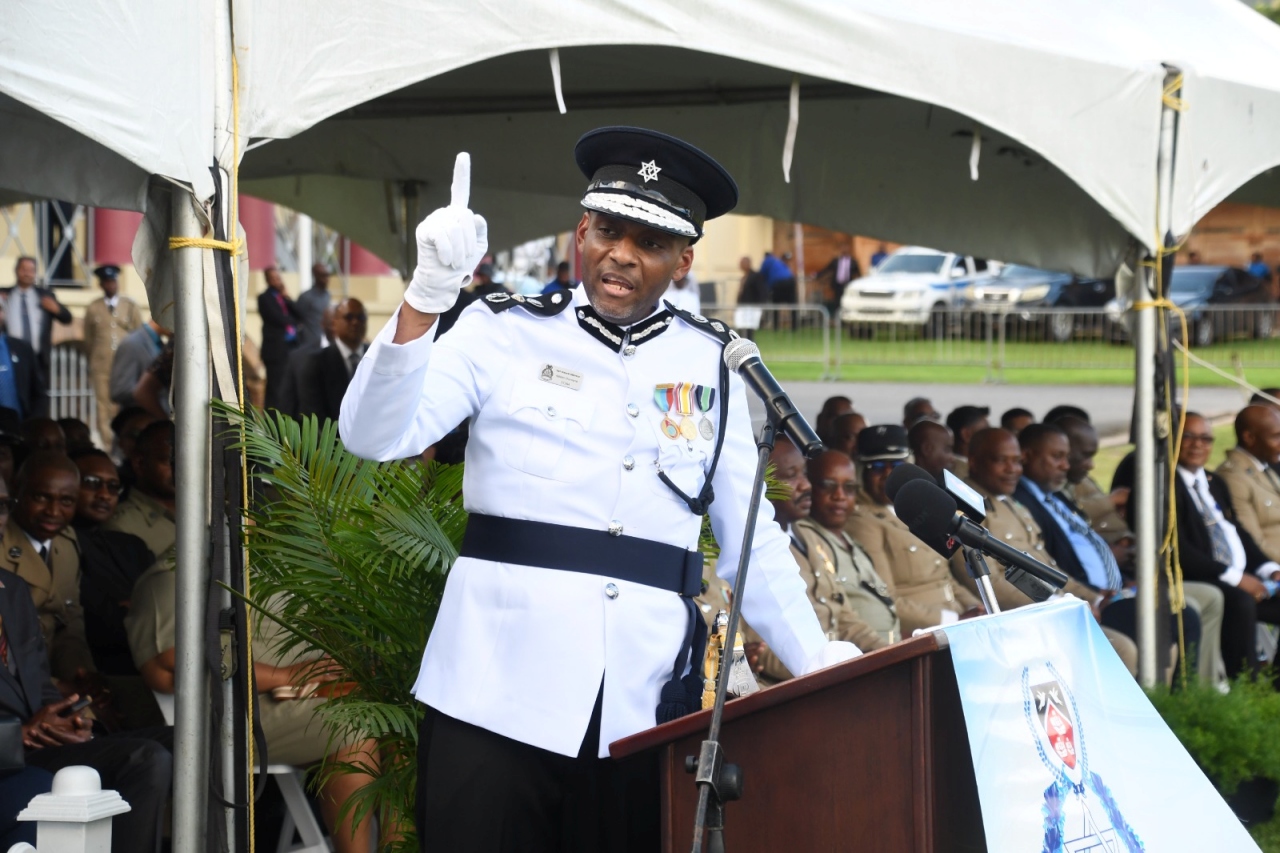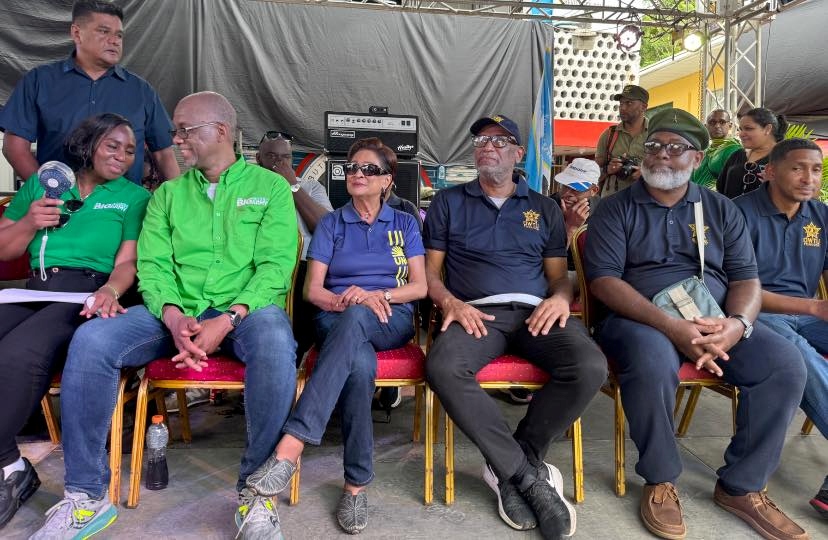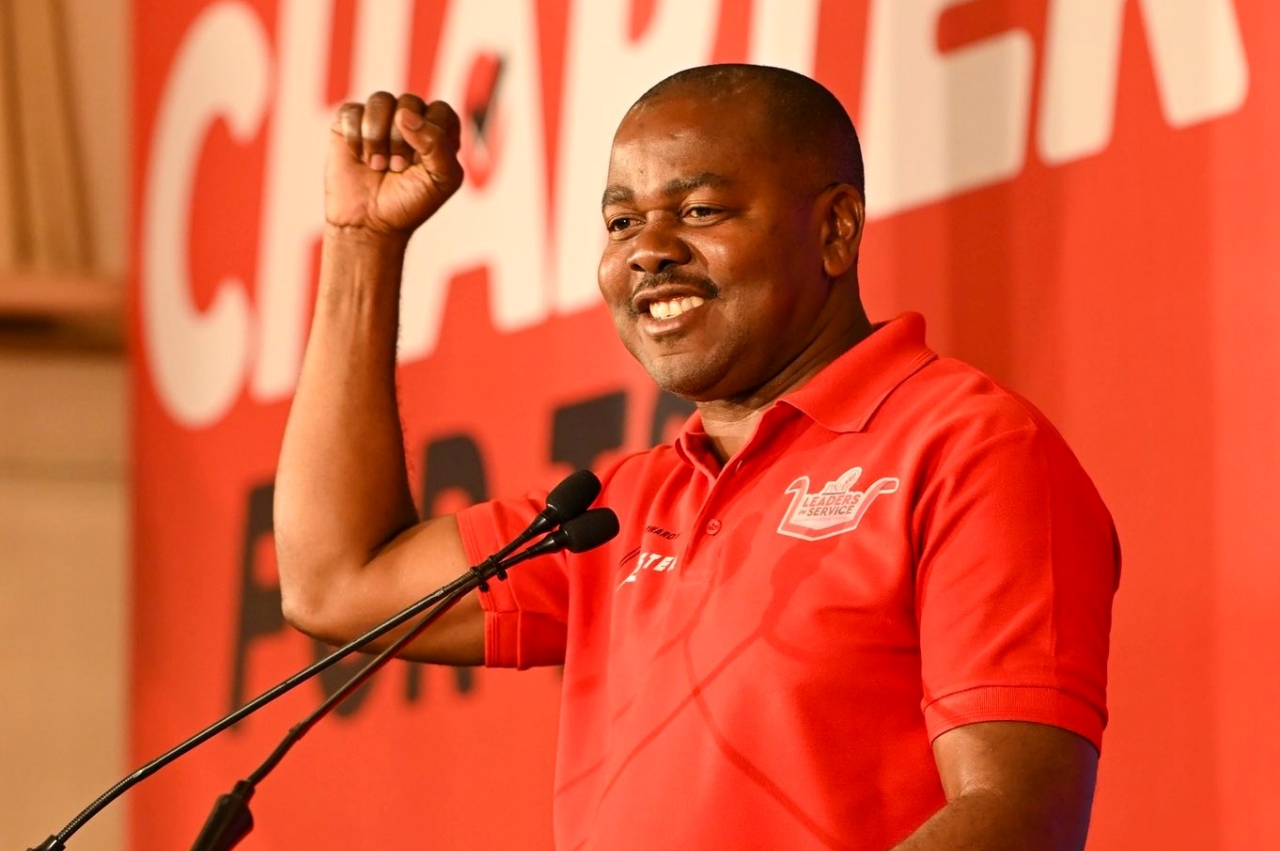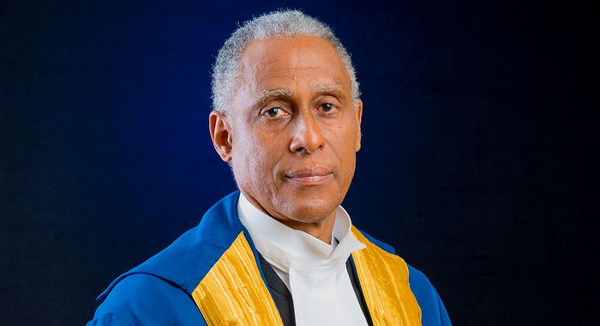The insightful story by Suzanne Mills about her mother’s struggles is useful to highlight how the media wrestles with framing the large issues of life. It raises the issue of how we define who is a good editor.
Is the metric the profitability of the media house, or is it effectiveness in raising our consciousness of troubling issues that threaten our very existence? Newspapers shape us and this examination is necessary.

To the case in point, I disagree with the allusion that Therese Mills may have been guided by a desire to ‘win’ media surveys and to make money. I have never met Therese Mills, but I can affirm that she is the only media head that never had time for MFO polls from 1992. Newsday was seldom a participant and always a reluctant one.
To understand Therese’s motivation, we should recall her August 2009 editorial defending the publication of the photograph of the decapitated baby, Nevi Ranjit, the second child killed in road accidents within three months: “our decision was taken because we felt we had to bring the stark reality of the loss of infants’ lives to you in a manner to make you stop and think. To shock you. We hope that you… commit yourself to ensuring that no child will ever die in a car driven by you.”
(Trigger warning: Wired868 has published a Newsday front page cover in this column).
Within days of the publication, the Finance Minister, in the budget presentation, introduced the mandatory restraints in cars for children under five years. How many children have been saved since then because of her bold intervention?
Mills felt that ‘the reality of life is such that the bad things people do…must be reported if a society is not to bury its head in the sand and ignore the reality of man’s cruelty to man’. But tackling crime was much harder than fixing the ‘use of child restraints’ problem.
From 1993 to 1999, the murder rate was relatively stable, hovering around 110 per year but up from 84 in 1990. But by 2003, the murder rate rocketed to 229 to reach 506 in 2009. The murder detection rate plummeted from 76% in 1997 to 40% in 2003, and the incidence of serious crime surpassed minor crimes (Sookram et al, 2009).

Simultaneously, there was a reversal of economic fortunes for the country. The high price of oil in the 1970s had allowed considerable publicly financed development, but when the price fell in the 1980s the economy faltered badly and in 1985–89, GDP fell by 30 per cent in real terms. The Government’s substantial reserves were exhausted by 1987, and the economy had to be supported by the IMF until 1993, when oil prices had recovered. The official unemployment rate stood at an average of 22% over the 1987-89 period, a figure that may have been understated because of under-estimation of youth unemployment (Farrell, 1981).
Then came the windfall. Between 2000 and 2007, real GDP growth averaged around 8%.
We ignored Dr Terrence Farrell and his colleagues. In our State Homes for Children, nearly half of the residents had done nothing illegal, had only primary school education and suffered from neurological deficits yet were housed with offenders accused of robbery (Deosaran and Chadee (1997). Mrs Thompson – Ahye (1999) and Seepersad (2009) identified the lack of legal income opportunities and how the flaunting of wealth by those who were fortunate made those who were deprived turn to crime.
As Suzanne Mills correctly reports, crime became more entrenched and organised. In 2005, the Besson Street Gang Intelligence Criminal History Project fingered the root of the problem. Katz and Choate (2010) confirmed it. Gang members were in the 18 – 45 years age cohort, African with half having previous arrests and lived in the Port of Spain area. But Newsday’s pictures showed those who lost their lives and not those who profited from the mess.
By focusing on the unfortunates, the Mills walked into a trap in that, “unswerving focus on specific episodes, individual perpetrators, victims or other actors at the expense of the more general thematic information inhibits the attribution of political responsibility… chronic problems [become] mere idiosyncratic outcomes.” (Iyengar 1991). This is why the politicians ignored Therese’s pleas and why Suzanne was right about the need to ‘change tack’. Neither appreciated nor used the output of academics.

Then Prime Minister Basdeo Panday, in 1999, brazenly named Sean Francis, a reputed gang leader, as an electoral candidate dubbing him a ‘community leader’. His successor Patrick Manning, in his turn as prime minister, met the ‘community leaders’ at Holiday Inn.
Those who benefited from the country’s wealth retreated into gated communities and sent their children to private schools. Private security companies boomed. Crime became an economic class and a ‘black boy’ issue, easing the politicians off the hook.
Basic public goods—hospitals, water, schools, transportation and policing—went adrift. We made no connection between that decay and the increase in crime. We did not care to. We were good.
By August 2013, another prime minister, Kamla Persad-Bissessar, was threatening to unleash ‘the dogs of war’. Gary Griffith, her then Security Advisor, lives to continue telling that tale.
Is the blame Therese Mills’ alone? Or is it all of us, who could and should have done better? It is always easier to blame others, but we should look in the mirror.
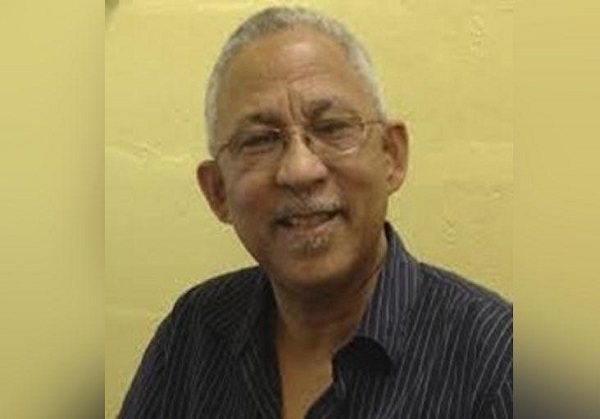
Noble Philip, a retired business executive, is trying to interpret Jesus’ relationships with the poor and rich among us. A Seeker, not a Saint.
 Wired868 Wired868 for smart sport news and opinion
Wired868 Wired868 for smart sport news and opinion
